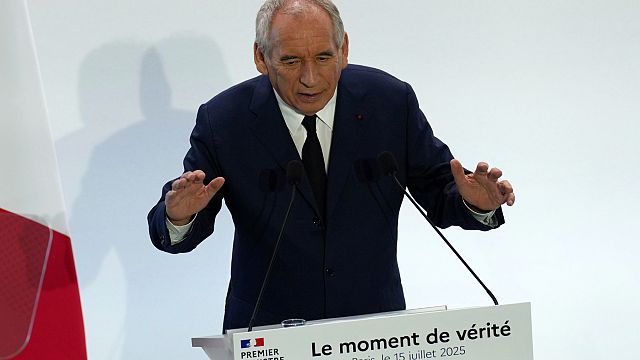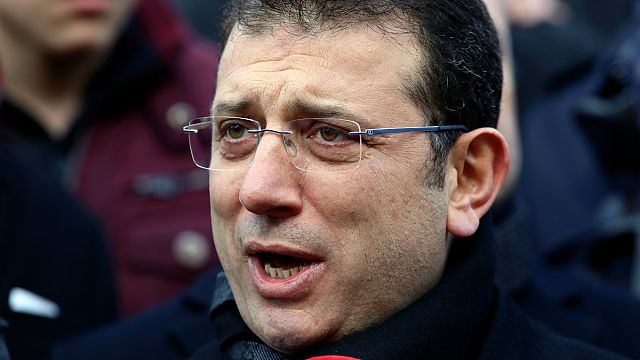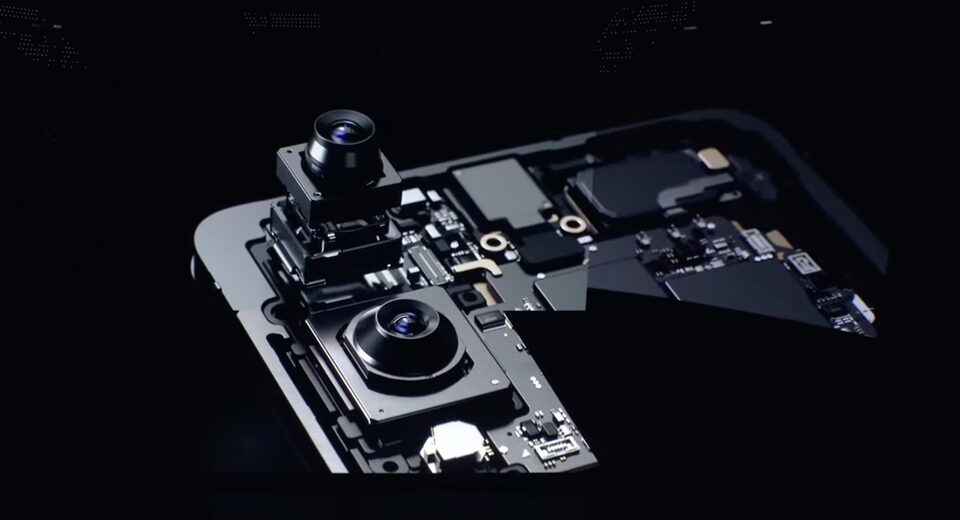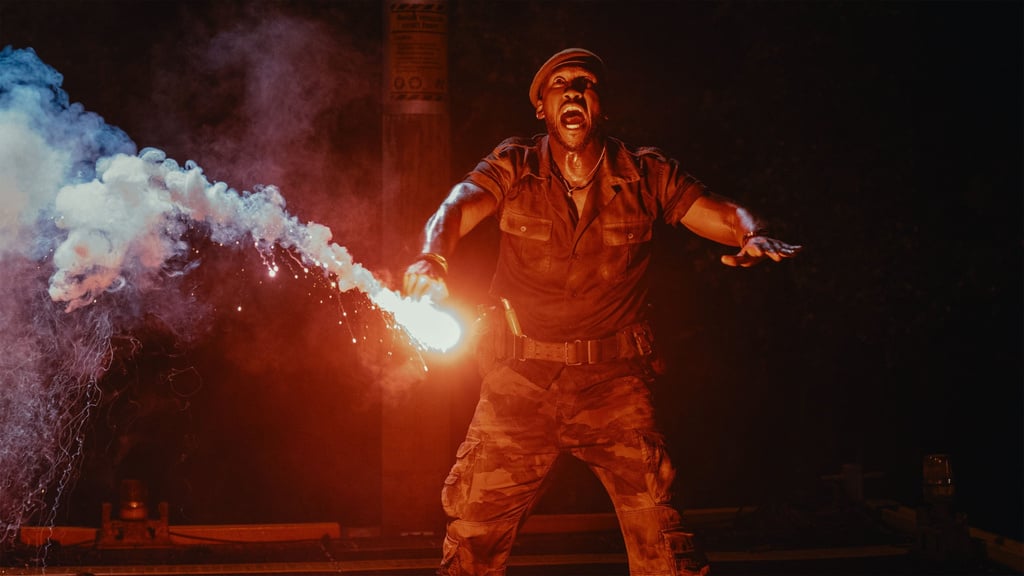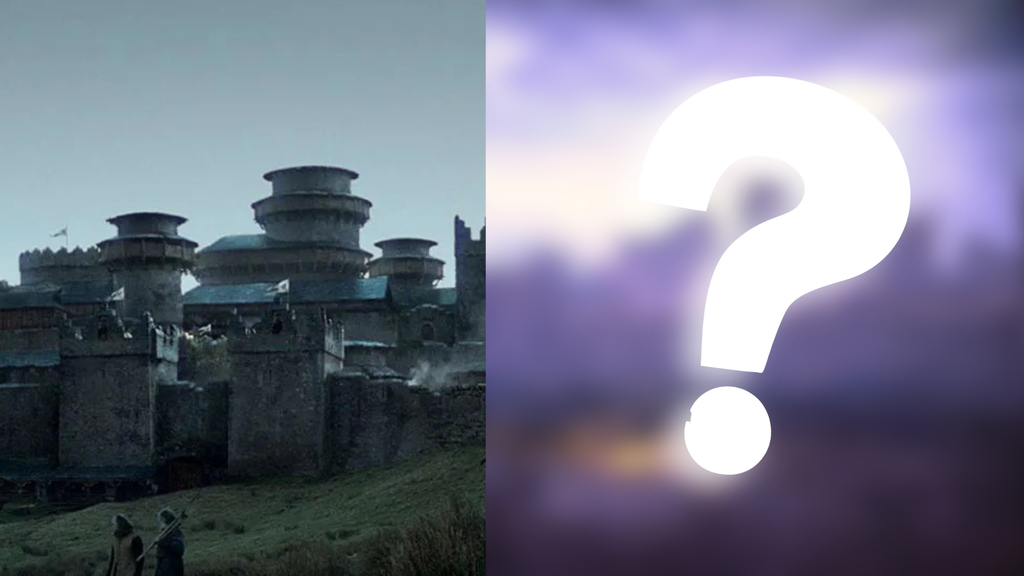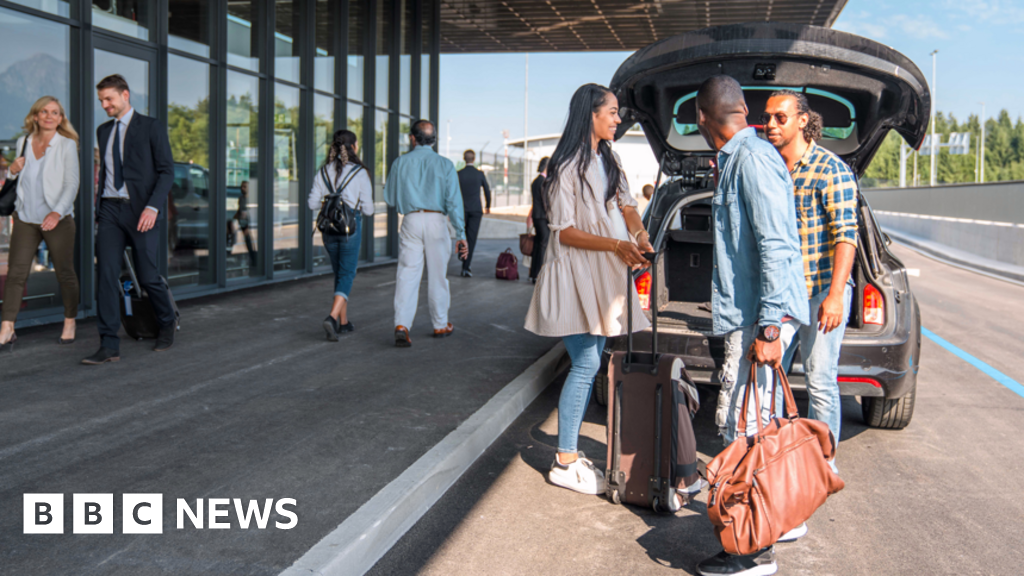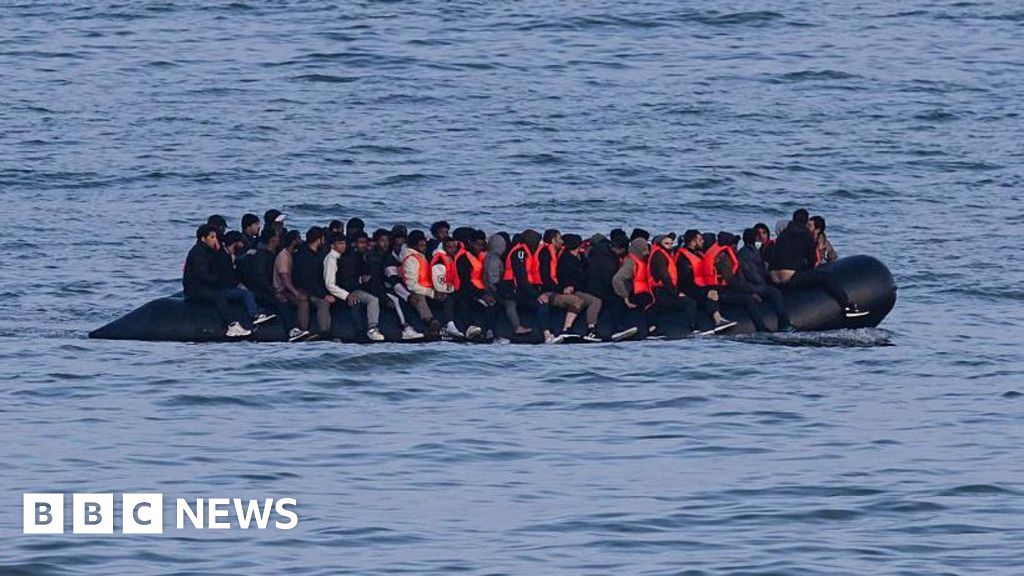Supreme Court Keeps Ruling in Trump’s Favor, but Doesn’t Say Why


Follow live updates on the Trump administration.
In clearing the way for President Trump’s efforts to transform American government, the Supreme Court has issued a series of orders that often lacked a fundamental characteristic of most judicial work: an explanation of the court’s rationale.
On Monday, for instance, in letting Mr. Trump dismantle the Education Department, the majority’s unsigned order was a single four-sentence paragraph entirely devoted to the procedural mechanics of pausing a lower court’s ruling.
What the order did not include was any explanation of why the court had ruled as it did. It was an exercise of power, not reason.
The silence was even more striking in the face of a 19-page dissent by Justice Sonia Sotomayor, joined by Justices Elena Kagan and Ketanji Brown Jackson.
“The majority is either willfully blind to the implications of its ruling or naïve,” Justice Sotomayor wrote, “but either way the threat to our Constitution’s separation of powers is grave.”
The question of whether the nation’s highest court owes the public an explanation for its actions has grown along with the rise of the “emergency docket,” which uses truncated procedures to produce terse provisional orders meant to remain in effect only while the courts consider the lawfulness of the challenged actions. In practice, the orders often effectively resolve the case.
The court has allowed the administration to fire tens of thousands of government workers, discharge transgender troops, end protections for hundreds of thousands of migrants from war-torn countries and fundamentally shift power from Congress to the president — often with scant or no explanation of how it arrived at those results.
In the last 10 weeks alone, the court has granted emergency relief to the Trump administration without explanation seven times, according to a tally by Stephen I. Vladeck, a law professor at Georgetown and the author of a book about the court’s emergency work called “The Shadow Docket.” (In that time, the court issued roughly the same number of emergency orders in which the majority gave at least a bit of explanation.)
Monday’s ruling, Professor Vladeck wrote this week in his newsletter, was the latest “completely unexplained” ruling “that is going to have massive real-world effects long before the justices ever confront whether what the government is doing is actually lawful.”
All of this is in stark contrast with cases on the court’s merits docket, which unfold over about a year and include two rounds of briefs, oral arguments, painstaking deliberations and the exchange of draft opinions. The end result is often a comprehensive set of opinions that can be as long as a short novel.
The court usually rules on emergency applications in a matter of weeks.
Critics call the emergency docket “the shadow docket,” and its use was on the rise even before it was turbocharged with the arrival of Mr. Trump’s second administration. Justice Elena Kagan used that term in 2021 in criticizing the court’s work.
The majority had just issued a midnight ruling that left in place a Texas law effectively overturning Roe v. Wade in the state — as the court would do nationwide the next year. In dissent, Justice Kagan wrote that “the majority’s decision is emblematic of too much of this court’s shadow-docket decision making — which every day becomes more unreasoned, inconsistent and impossible to defend.”
A month later, Justice Samuel A. Alito Jr. returned fire in a speech at Notre Dame defending the court’s approach to emergency applications.
“The catchy and sinister term ‘shadow docket’ has been used to portray the court as having been captured by a dangerous cabal that resorts to sneaky and improper methods to get its ways,” he said. “This portrayal feeds unprecedented efforts to intimidate the court and to damage it as an independent institution.”
He compared the court’s procedures to the ones used by emergency medical technicians called to the scene of an accident. “You can’t expect the E.M.T.s and the emergency rooms to do the same thing that a team of physicians and nurses will do when they are handling a matter when time is not of the essence in the same way,” he said.
On the question of scant or absent reasoning, Justice Alito argued that sometimes it is better to say less.
“Journalists may think that we can just dash off an opinion the way they dash off articles,” he said, but “when we issue an opinion, we are aware that every word that we write can have consequences, sometimes enormous consequences, so we have to be careful about every single thing that we say.”
That argument has some weight, said Daniel Epps, a law professor at Washington University in St. Louis.
“Whether the court should explain its emergency orders presents a difficult trade-off,” he said. “On the one hand, whenever the court writes any kind of majority opinion, even one only a few sentences long, it creates precedent that courts and lawyers feel bound to follow.”
That must be done with care and consideration, he said. On the other hand, he said, “unexplained orders expose the court to suspicion and criticism.”
“In a highly polarized climate where the court is often accused of acting politically,” he said, “the justices should feel a heightened obligation to explain their decisions to the public.”
Professor Epps said he favored providing some explanation, pointing to an order in May that allowed Mr. Trump to fire two leaders of independent agencies. The two-page majority opinion was, he said, long enough to provide some explanation but “tentative enough to leave some wiggle room.”
As it happened, the meaning of that opinion has been contested, and it is the subject of a new application pending before the court.
Orders without any reasoning at all can create confusion in the lower courts. In June, for instance, the court allowed the Trump administration to deport migrants to countries other than their own without giving them a chance to show that they would face the risk of torture. The order gave no reasons, and the dissent said it did not apply to men held at an American military base in Djibouti.
The court’s silence led to a new application days later seeking clarification. The court then issued an order this month with more than two pages of reasons, enough to allow the administration to send the men to South Sudan.
A new database created by Jonathan P. Kastellec of Princeton and Anthony R. Taboni of the University of Texas at Austin documents the rise of the Supreme Court’s emergency docket in recent decades. It shows, they wrote, that the Trump administration’s use of emergency applications in the first half of 2025 represented an all-time high of 15 as of June 18, surpassing the former peak of 11 in the last year of the first Trump administration.
The White House, for its part, declared total victory after Monday’s ruling on the Education Department, offering its own interpretation of the court’s message in the absence of one provided by the justices.
“The Supreme Court once again recognized what radical district court judges refuse to accept — President Trump, as head of the executive branch, has absolute constitutional authority to direct and manage its agencies and officers,” a spokeswoman, Liz Huston, said in a statement on Monday.
Not long before he retired in 2022, Justice Stephen G. Breyer discussed the emergency docket in an interview with The New York Times. He said the court should take its foot off the gas.
“I can’t say never decide a shadow-docket thing,” he said. “Not never. But be careful.”
Asked whether the court should supply reasoning when it makes such decisions, he said: “Correct. I agree with you. Correct.”
What's Your Reaction?
 Like
0
Like
0
 Dislike
0
Dislike
0
 Love
0
Love
0
 Funny
0
Funny
0
 Angry
0
Angry
0
 Sad
0
Sad
0
 Wow
0
Wow
0






